Knowledge of pharmacy students about doping, and the need for doping education: a questionnaire survey
- PMID: 28800770
- PMCID: PMC5554002
- DOI: 10.1186/s13104-017-2713-7
Knowledge of pharmacy students about doping, and the need for doping education: a questionnaire survey
Abstract
Background: Anti-doping activities are carried out on a global scale. Based on these activities, the specialty of "sports pharmacist," which entails a deeper comprehension of doping, use of supplements, and appropriate drug use for athletes, was established in 2009 in Japan. It is difficult to say whether the education on doping is adequate for pharmacy students who will be eligible to become sports pharmacists. It is also unclear how well these students understand doping. Therefore, the aim of this study was to investigate pharmacy students' current knowledge of appropriate drug use, doping and use of supplements, and to explore the need for further education on these topics.
Methods: A questionnaire survey was conducted from July 3rd to August 2nd in 2014 at Showa University in Japan. A total of 406 respondents (2nd- to 6th-year students) were assessed as eligible. Group comparison was used to compare those who had attended a lecture about doping and those who had not.
Results: Most of the students only knew the word doping and had not attended a lecture on the subject, but 72% of them expressed a desire to attend one. Over half did not know that the most common doping violation in Japan is unintentional doping, and were unfamiliar with certain past cases of doping. In addition, 41% did not know that over-the-counter medicines and dietary supplements might contain prohibited substances, and 87% were unaware that names of prohibited substances might not appear on the ingredient labels of dietary supplements. In contrast, attending a lecture on doping was effective in facilitating the acquisition of all these types of knowledge.
Conclusions: It is important to provide more opportunities for appropriate education of pharmacy students on the topic of doping, given that interest exists and attending a lecture on the topic appears to be useful. More education about doping for pharmacy students would be as effective for anti-doping activities as is education of athletes.
Keywords: Doping; Education; Pharmacy students recognition; Sports pharmacist.
Figures
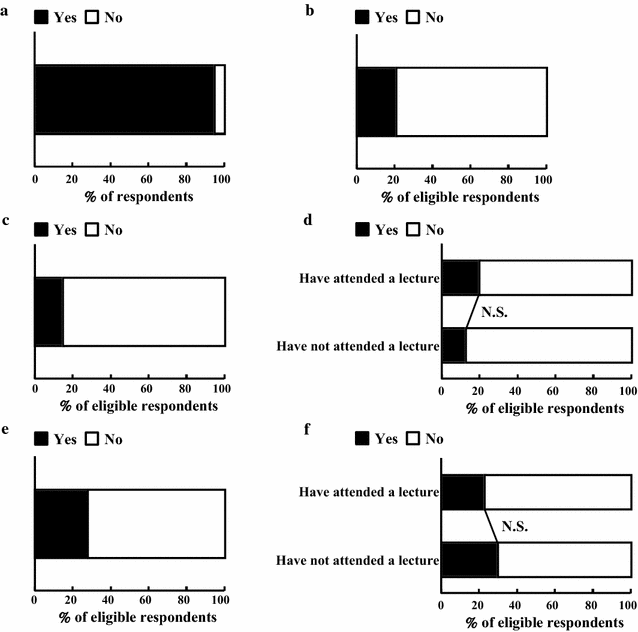
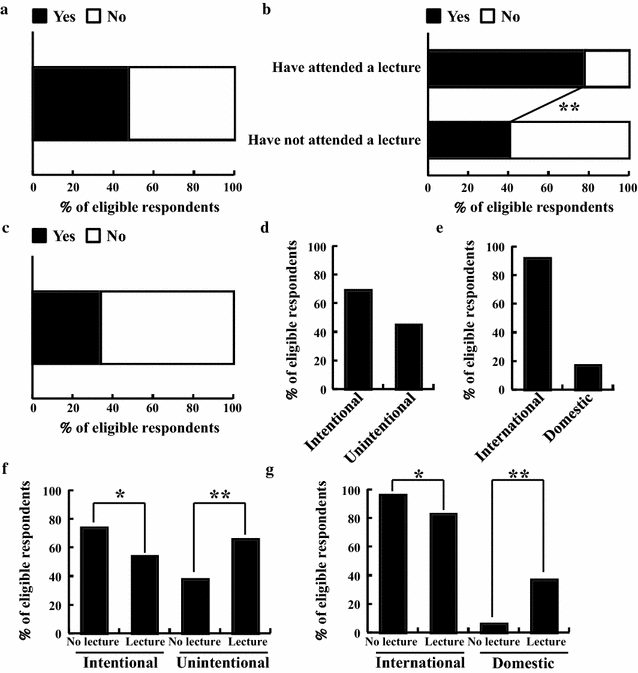
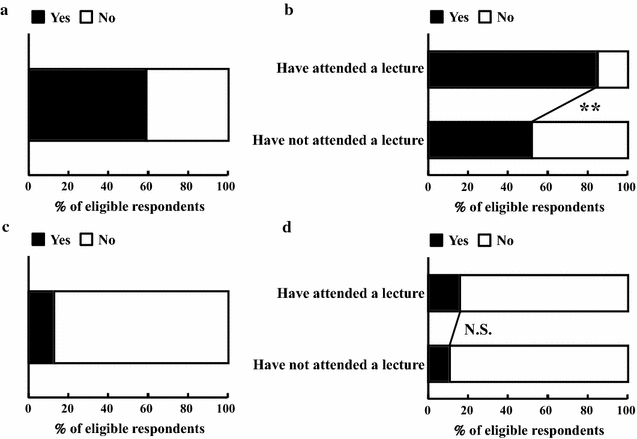
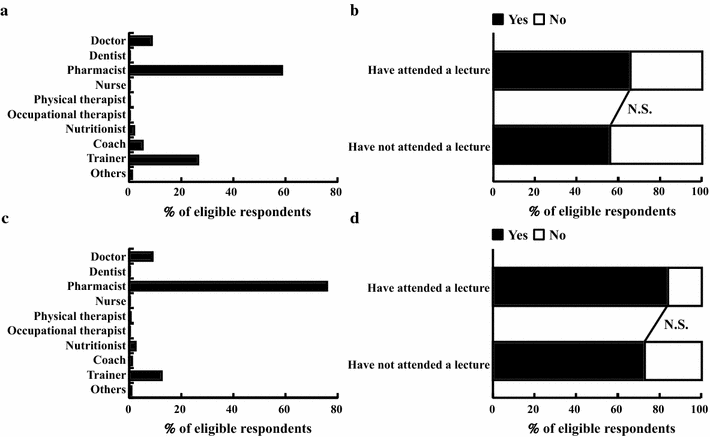
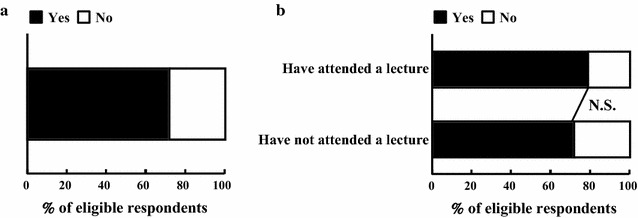
References
-
- World Anti-Doping Agency. World Anti-Doping Code; 2015. http://wada-main-prod.s3.amazonaws.com/resources/files/wada-2015-world-a... Accessed 24 Mar 2016.
-
- Bahrke MS, Yesalis CE. The future of performance-enhancing substances in sport. Phys Sportsmed. 2002;30:51–53. doi: 10.3810/psm.2002.11.523. - DOI
-
- International Olympic Committe. Factsheet: the fight against doping and promotion of athletes’ health. http://www.olympic.org/Documents/Reference_documents_Factsheets/Fight_ag... Accessed 24 Mar 2016.
MeSH terms
LinkOut - more resources
Full Text Sources
Other Literature Sources
Miscellaneous

